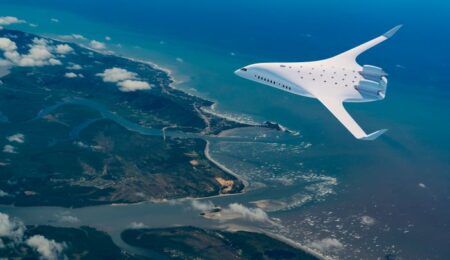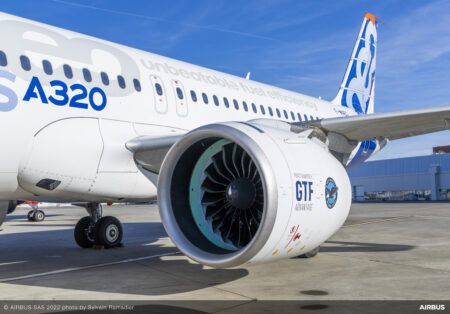The US Air Force Research Laboratory (AFRL) and contractor Aerojet Rocketdyne have achieved a major milestone under the Hydrocarbon Boost (HCB) program, which is developing domestic rocket engine technologies for the next generation of launch capabilities. The Hydrocarbon Boost program completed full power, full duration tests of the oxygen-rich staged combustion (ORSC) sub-scale pre-burner.
The test campaign demonstrated several firsts for key rocket engine technologies, including the use of Mondaloy 200 superalloy in a rocket engine environment and operation of a diluent-type pre-burner. Demonstrating Mondaloy 200, co-developed by Aerojet Rocketdyne and the AFRL Materials Directorate, was critical to proving the unique combination of high-strength and burn resistance necessary for hardware survival in the harsh ORSC rocket environment.
The USA has limited technology knowledge in the high-performance ORSC rocket engine cycle. The United Launch Alliance Atlas V launch vehicle is powered by Russian RD-180 rocket engines, which were developed from decades of ORSC research and development in the former Soviet Union. Tensions with Russia spurred limits on future use of the RD-180 engines for national security launches, and triggered increased US government investment in ORSC technology for private industry to use to support future launch services for National Security Space launch needs.
A key goal of the Hydrocarbon Boost Technology Demonstrator (HBTD) is to mature the technology readiness of ORSC engine components to advance the US rocket technology base. This is also a key goal of the Booster Propulsion Technology Maturation (BPTM) projects led by the Air Force Space and Missile Systems Center at Los Angeles Air Force Base, California.
Critical ORSC challenges include combustion instability, oxygen compatibility of materials in severe high pressure and temperature environments, and complex pre-burner start-up and shutdown transients. The improved knowledge base, test results and lessons learned in the HCB program and other BPTM activities are shared with the entire US rocket propulsion community.
The highly instrumented HCB sub-scale pre-burner tests generated critical data for design and development of a full-scale pre-burner, which is underway. Component level testing will be conducted at NASA Stennis Space Center, Mississippi, prior to full size hydrocarbon boost integrated engine testing at AFRL around 2020.
May 20, 2016




